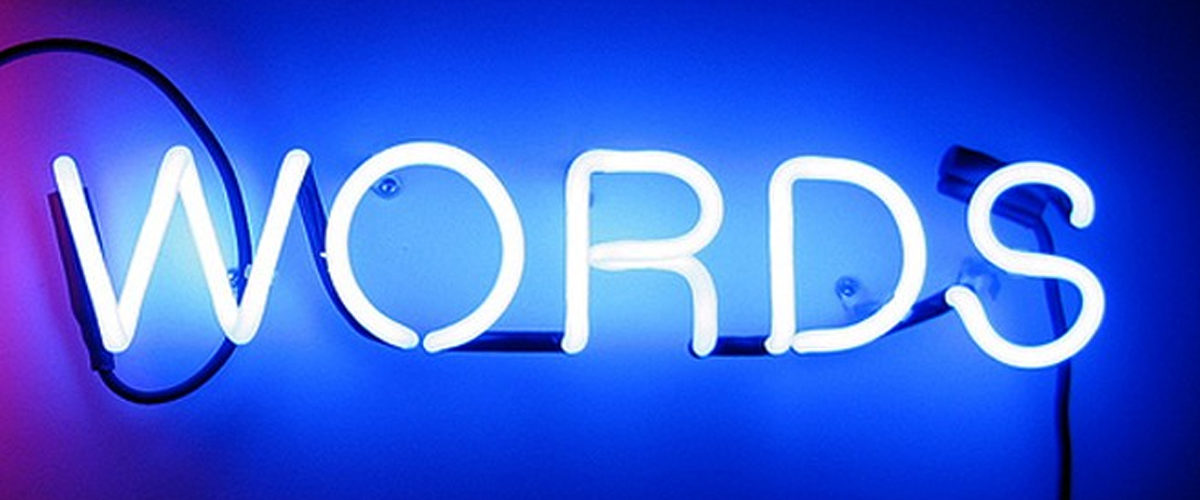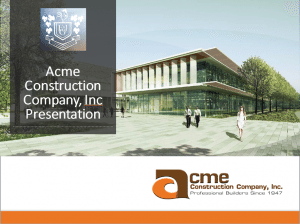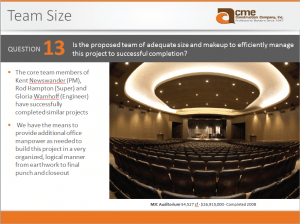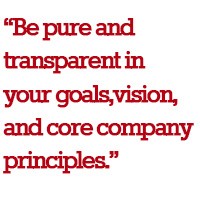The most memorable presentation of my life
Once, while in the third grade, a classmate of mine, Julie, was supposed to give a presentation on a subject that I obviously no longer remember, but let’s just say was Apache Indians. She had built a huge, or what I thought at the time thought was a huge, Paper Maché project for her presentation.The project had dozens of little Indians, tiny teepees, plastic horses, even handfuls of real grass. When our teacher called her up to speak, she walked up front-and-center, with her project in hand, looked up to the class for about 10 seconds, and blew chunks all over her incredibly detailed project. Ironically, that was one of the most memorable presentations I’ve seen. Julie was afraid to present to us. Coincidentally, fear of public speaking actually incredibly common.
While maybe blowing chunks isn’t always the consequence, it is definitely a nerve-racking experience. In fact, some experts estimate that as much as 75% of the population has some level of anxiety regarding public speaking. The best way to get over the fear is to be prepared. Preparing obviously consists of practicing a whole lot, but it also incorporates resourcefulness. Before one begins to practice, one must design an effective presentation to practice with. With that comes the need to know how to make effective presentations.
For that reason, we at Slidegenius, have come up with a short list of 9 useful resources for anyone who may find themselves giving or creating a presentation.
1. Beyond Bullets
This site will help you use presentation software more effectively. Filled with stimulating content and useful information. The site highlights certain philosophies and strategies with regard to the way you use your software and apply it to presentations.
2. DesignSense
This site advertises itself as “graphic design training for businesspeople.” The content focuses on a series of design lessons the common-folk with no formal training in graphic design. The company claims that the training you receive on the site is equivalent to a 40-hour graphic design course. It is condensed into 12 hours of computer-based training and costs around $60.
3. Presentation Zen
This site is essentially Garr Reynold’s blog on issues related to presentation design, technique, and delivery. Reynolds provides examples of good and bad presentations.
4. Crystal Graphics
This is a great source for PowerPoint add-ins that enhance the basic program. Professional-like transitions, 3D Titles and custom templates are some of the more popular add-ins. The only caution Id give is that some of the effects require some intense hardware horsepower and may be costly.
5. KeynotePro
This source presents amazing Keynote themes for professionals.
6. PowerPoint ImageObjects
The site offers collections of great-quality symbols and shapes, metaphor objects, numbers, bullets, and other objects.
7. PowerPoint Templates Pro
Another collection of professionally produced PowerPoint templates.
8. iStockPhoto
Cheap and good-quality images.
9. Microsoft Clip Gallery Live
Microsoft’s free clipart site.
If you can think of any other resources that I have missed, please comment to share your favorites.
References:
Fritscher, Lisa. “Glossophobia.” About.com.







 Who better to give advice for an angel investment pitch, than an angel investor himself? Edward Harley, Angel Investor and member of the Keiretsu Forum, lays out exactly what you need to do to become part of the “top 5% of all presenters.” Though his context lies in the world of investor pitches, his advice is true and useful for anybody presenting about any subject.
Who better to give advice for an angel investment pitch, than an angel investor himself? Edward Harley, Angel Investor and member of the Keiretsu Forum, lays out exactly what you need to do to become part of the “top 5% of all presenters.” Though his context lies in the world of investor pitches, his advice is true and useful for anybody presenting about any subject.


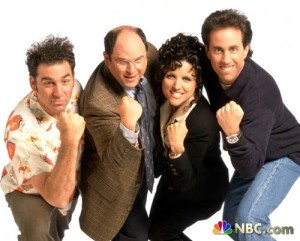

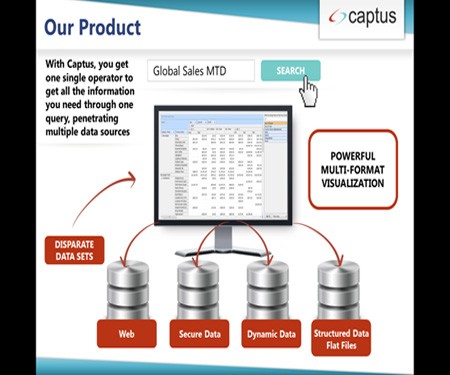
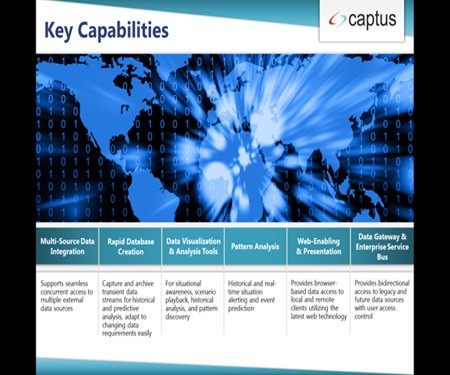

 Nothing stops a public figure’s momentum dead in its tracks quicker than being called out for misleading or flat-out lying to the public. In a professional setting, credibility will go right down the drain when our honesty and integrity are put into question.
Nothing stops a public figure’s momentum dead in its tracks quicker than being called out for misleading or flat-out lying to the public. In a professional setting, credibility will go right down the drain when our honesty and integrity are put into question. View #1:
View #1: 